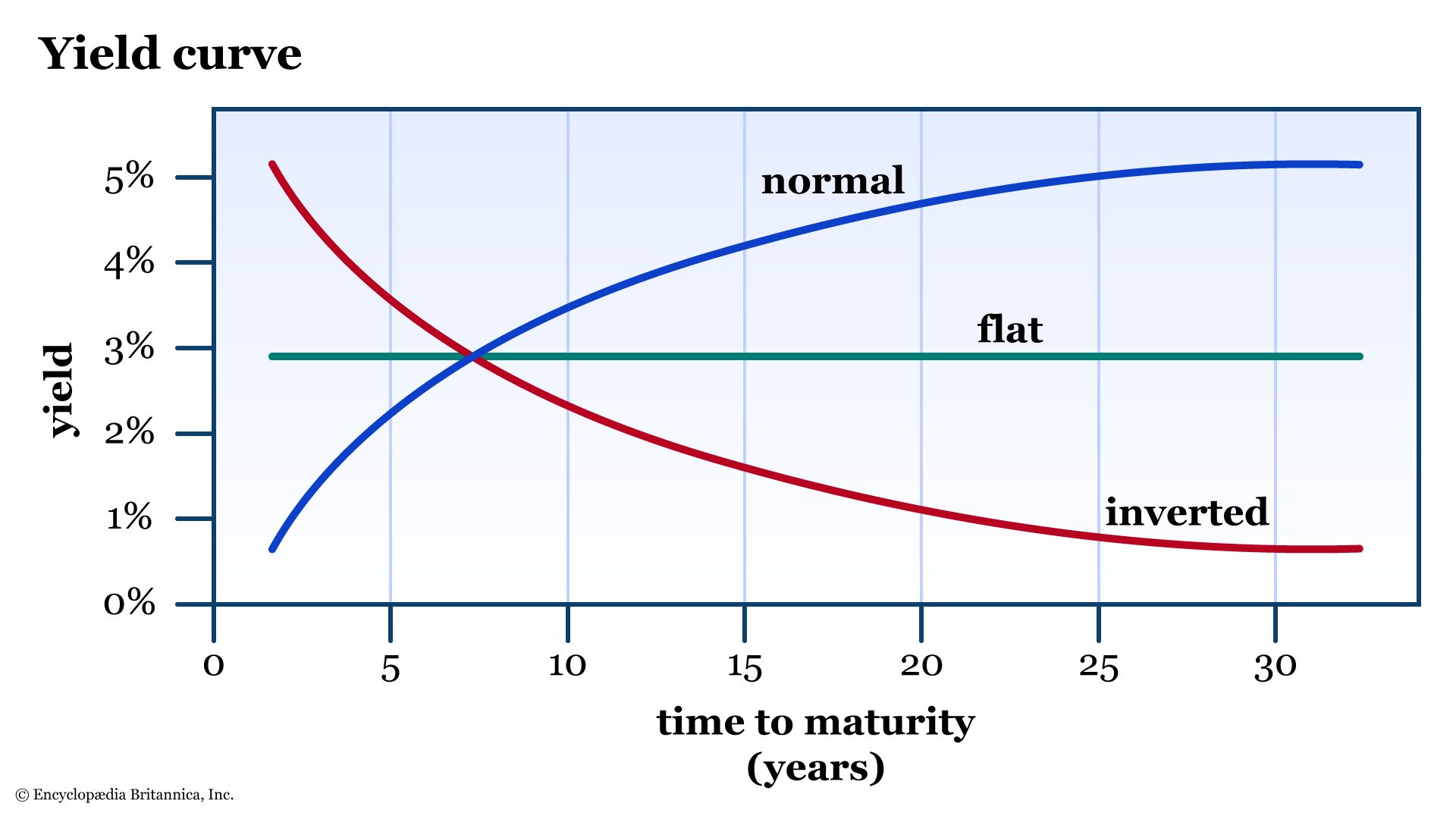Addressing Canada's Housing Shortage: Exploring The Potential Of Modular Construction

Table of Contents
The Current State of Canada's Housing Market
Canada's housing market is grappling with a significant crisis characterized by high prices, low inventory, and stark regional disparities. Affordability has plummeted, making homeownership a distant dream for many, particularly younger generations and low-income families. Vacancy rates remain stubbornly low in many urban centers, exacerbating the problem.
- Rising house prices in major cities: Toronto and Vancouver consistently rank among the least affordable cities globally, with average house prices far exceeding the national average.
- Increased demand: Population growth and increasing immigration are driving up demand, further straining an already tight housing supply.
- Shortage of affordable housing: Low-income families and individuals struggle to find suitable and affordable housing options, leading to homelessness and housing insecurity.
- Lengthy construction times: Traditional construction methods often involve lengthy timelines, delaying the delivery of much-needed housing units. This delay contributes to the ongoing shortage and inflated prices.
Understanding Modular Construction
Modular construction involves the prefabrication of building components in a controlled factory environment. This differs significantly from traditional on-site construction. The process typically involves several key stages:
- Design: Detailed design and planning are crucial, ensuring seamless integration of prefabricated modules.
- Manufacturing: Modules are built in a factory setting, allowing for precise quality control and faster production.
- Transportation: Once completed, modules are transported to the construction site.
- On-site assembly: Modules are carefully assembled on-site, minimizing on-site labor and construction time.
Different types of modular construction exist, including:
- Volumetric modular construction: Entire rooms or sections of a building are prefabricated as complete units.
- Panelized modular construction: Individual wall and roof panels are prefabricated and assembled on-site.
Key advantages of modular construction include:
- Faster construction timelines.
- Reduced labor costs.
- Improved quality control.
- Sustainability benefits (reduced waste and efficient material use).
- Greater design flexibility.
Advantages of Modular Construction in Addressing Housing Shortages
Speed and Efficiency
Modular construction significantly accelerates project completion. The factory-based production allows for parallel workstreams, drastically reducing overall construction time compared to traditional methods. This faster turnaround means more housing units become available quicker, directly addressing the housing shortage. Case studies show projects completed in a fraction of the time it would take using conventional methods.
Cost-Effectiveness
While initial costs might seem comparable, the streamlined processes in modular construction lead to potential long-term cost savings. Reduced labor, efficient material usage, and minimized on-site delays contribute to a more cost-effective approach, making modular housing more affordable.
Improved Quality Control
Factory-controlled environments offer superior quality control compared to on-site construction, which is susceptible to weather delays and inconsistent workmanship. This leads to fewer errors, higher quality finishes, and ultimately, more durable housing units.
Sustainability
Modular construction promotes sustainable building practices. The controlled factory environment minimizes waste, and efficient material usage reduces the building's overall environmental footprint. Furthermore, the use of prefabricated components often allows for the incorporation of eco-friendly materials.
Challenges and Considerations of Modular Construction in Canada
Regulatory Hurdles
Navigating zoning regulations, building codes, and permitting processes can be a significant hurdle for wider adoption of modular construction in Canada. Harmonizing regulations across provinces and municipalities is crucial to streamlining the approval process.
Transportation and Logistics
Transporting large modules, particularly to remote areas, presents logistical challenges. Careful planning and specialized transportation solutions are necessary to overcome these hurdles.
Public Perception and Acceptance
Overcoming any misconceptions and educating the public about the benefits of modular construction is crucial for wider acceptance. Demonstrating the quality, durability, and affordability of modular homes is key to changing perceptions.
Skilled Labor and Workforce Development
A skilled workforce proficient in modular construction techniques is essential for successful implementation. Investment in training programs and workforce development initiatives will be crucial for meeting the demand for skilled labor.
Government Initiatives and Support for Modular Construction
Several Canadian governments have implemented initiatives to support affordable housing and, in some cases, specifically promote modular construction. These include funding programs for affordable modular housing projects, streamlining building codes and permitting processes, and providing incentives for developers and builders to utilize modular construction techniques. Further policy changes could significantly accelerate adoption, such as tax incentives and expedited permitting processes. Successful partnerships between governments and modular construction companies demonstrate the viability of this approach.
- Funding programs: Various levels of government offer grants and loans for affordable housing initiatives, some specifically targeting modular construction.
- Streamlined regulations: Efforts to harmonize building codes and simplify permitting processes are underway in some provinces.
- Incentive programs: Tax credits and other financial incentives can encourage developers to adopt modular construction.
Conclusion
Modular construction offers a viable and effective solution to Canada's housing shortage, providing faster, more affordable, and sustainable housing options. Addressing the challenges through regulatory reform, public education, and workforce development will be crucial for successful implementation. Investing in and embracing modular construction and modular housing is key to finding lasting solutions to Canada's housing crisis. Let's explore the potential of modular construction and build a brighter future for housing in Canada.

Featured Posts
-
 Trump Tariffs And The Price Of Replacing Your Smartphone Battery
May 17, 2025
Trump Tariffs And The Price Of Replacing Your Smartphone Battery
May 17, 2025 -
 Portugal Vence A Belgica 1 0 Resumen Del Partido Y Goles
May 17, 2025
Portugal Vence A Belgica 1 0 Resumen Del Partido Y Goles
May 17, 2025 -
 Investor Uncertainty In Japan Navigating The Steep Bond Yield Curve
May 17, 2025
Investor Uncertainty In Japan Navigating The Steep Bond Yield Curve
May 17, 2025 -
 Quality On A Shoestring Smart Shopping Tips
May 17, 2025
Quality On A Shoestring Smart Shopping Tips
May 17, 2025 -
 This Weeks Review Identifying Areas For Improvement
May 17, 2025
This Weeks Review Identifying Areas For Improvement
May 17, 2025
Latest Posts
-
 Knicks Brunson Faces Podcast Pressure From Perkins
May 17, 2025
Knicks Brunson Faces Podcast Pressure From Perkins
May 17, 2025 -
 Brunson Under Fire Perkins Advice To End Podcast
May 17, 2025
Brunson Under Fire Perkins Advice To End Podcast
May 17, 2025 -
 Nba Analyst Perkins Critiques Brunsons Podcast
May 17, 2025
Nba Analyst Perkins Critiques Brunsons Podcast
May 17, 2025 -
 Detroit Pistons Loss Crew Chief Admits Final Second Non Call Error
May 17, 2025
Detroit Pistons Loss Crew Chief Admits Final Second Non Call Error
May 17, 2025 -
 Week In Review Turning Failures Into Success
May 17, 2025
Week In Review Turning Failures Into Success
May 17, 2025
